To Nat Turner, the unusual bluish-green sun that dawned one morning was a sign.
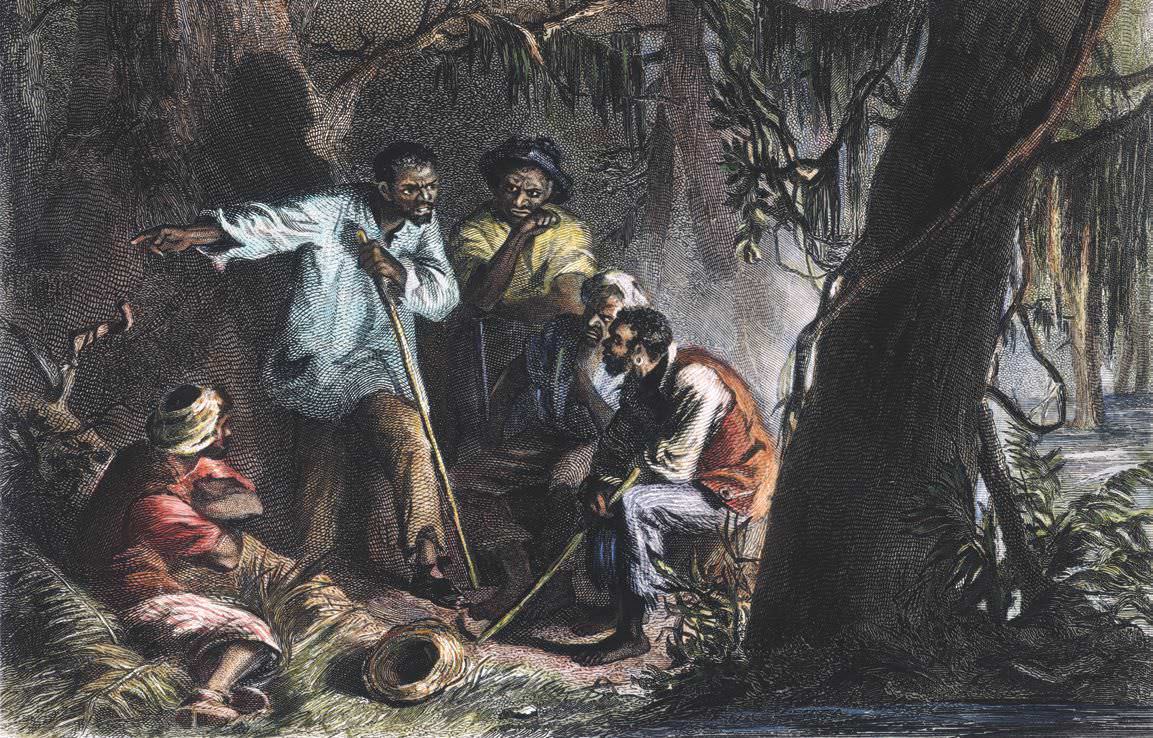
Together with an earlier solar eclipse and his religious visions, Turner took the second solar eclipse as an indication that “I should arise and prepare myself and slay my enemies with their own weapons.”
Turner and six other enslaved men set out early on the morning of August 21, 1831. Their first stop as they moved through Southampton County, Virginia, was at the house of Turner’s master, where they killed the entire family. Within 36 hours, Turner’s group had grown to about 70 men, and they had killed at least 55 white people. Most of the men involved in the insurrection were quickly captured. After a trial, many of the convicted men were either executed or sold out of state.
Turner remained a fugitive until October, when he was captured, convicted, hanged, and his body badly mutilated. More than 100 black people with no connection to the rebellion also were killed. Turner’s actions struck fear in the hearts of white people in the South. They feared that all slaves would rise up and murder their masters.
While Nat Turner’s actions led to the deadliest rebellion in the South, it was not the first to take place. Enslaved people had been fighting against their condition for years in little and big ways. They broke, hid, or stole tools. They burned crops and buildings. They organized work slowdowns. They pretended to be ill or ran away. And they organized armed rebellions.
Historians believe that enslaved people organized more than 300 rebellions before the Civil War (1861– 1865). Rebellions were defined as having a minimum of 10 slaves joining together with the aim of freedom. It was dangerous to consider involvement in such revolts. If caught, a slave might face execution, branding, being sold out of state, or having family members sold away to different owners.
Denne historien er fra November/December 2016-utgaven av Cobblestone American History Magazine for Kids.
Start din 7-dagers gratis prøveperiode på Magzter GOLD for å få tilgang til tusenvis av utvalgte premiumhistorier og 9000+ magasiner og aviser.
Allerede abonnent ? Logg på
Denne historien er fra November/December 2016-utgaven av Cobblestone American History Magazine for Kids.
Start din 7-dagers gratis prøveperiode på Magzter GOLD for å få tilgang til tusenvis av utvalgte premiumhistorier og 9000+ magasiner og aviser.
Allerede abonnent? Logg på
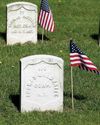
Putting the Pieces Together
Americans needed to begin to put the past behind them, come together, and plan for the future in the spring of 1865. But Abraham Lincoln, the man best equipped to lead them and who had hoped to restore the country as smoothly and peacefully as possible, had been assassinated.
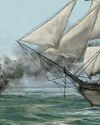
LAST SHOTS
The last Confederate forces in the Civil War didn’t surrender in the spring of 1865 or on a battlefield.
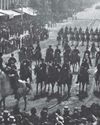
AND IN OTHER 1865 NEWS
A group of African Americans stop at the White House’s annual public reception on January 1, where they shake hands with President Abraham Lincoln.
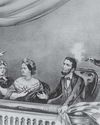
A Plot to Kill President the
For several months, actor John Wilkes Booth’s band of conspirators had plotted to capture President Abraham Lincoln and hold him hostage in exchange for Confederate prisoners.
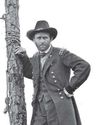
Let the Thing Be Pressed
In June 1864, Union Lieutenant General Ulysses S. Grant began a nearly 10-month campaign in Virginia.
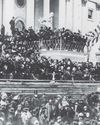
HEALING THE NATION
President Abraham Lincoln took the oath of office for the second time on March 4, 1865.

A Helping Hand
The spring season is hard in any agricultural society. Plants and animals are too small to eat.
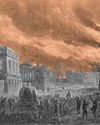
WAR SHERMAN-STYLE
As far as Union Major General William T. Sherman was concerned, the Civil War had gone on long enough.

PEACE TALKS
The fall of Fort Fisher made clear that the Confederacy’s days were numbered. Southerners were tired and hungry.
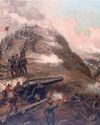
FORT FISHER'S FALL
Outnumbered Confederate soldiers inside Fort Fisher were unable to withstand the approach of Union troops by land and the constant Union naval bombardment from the sea.